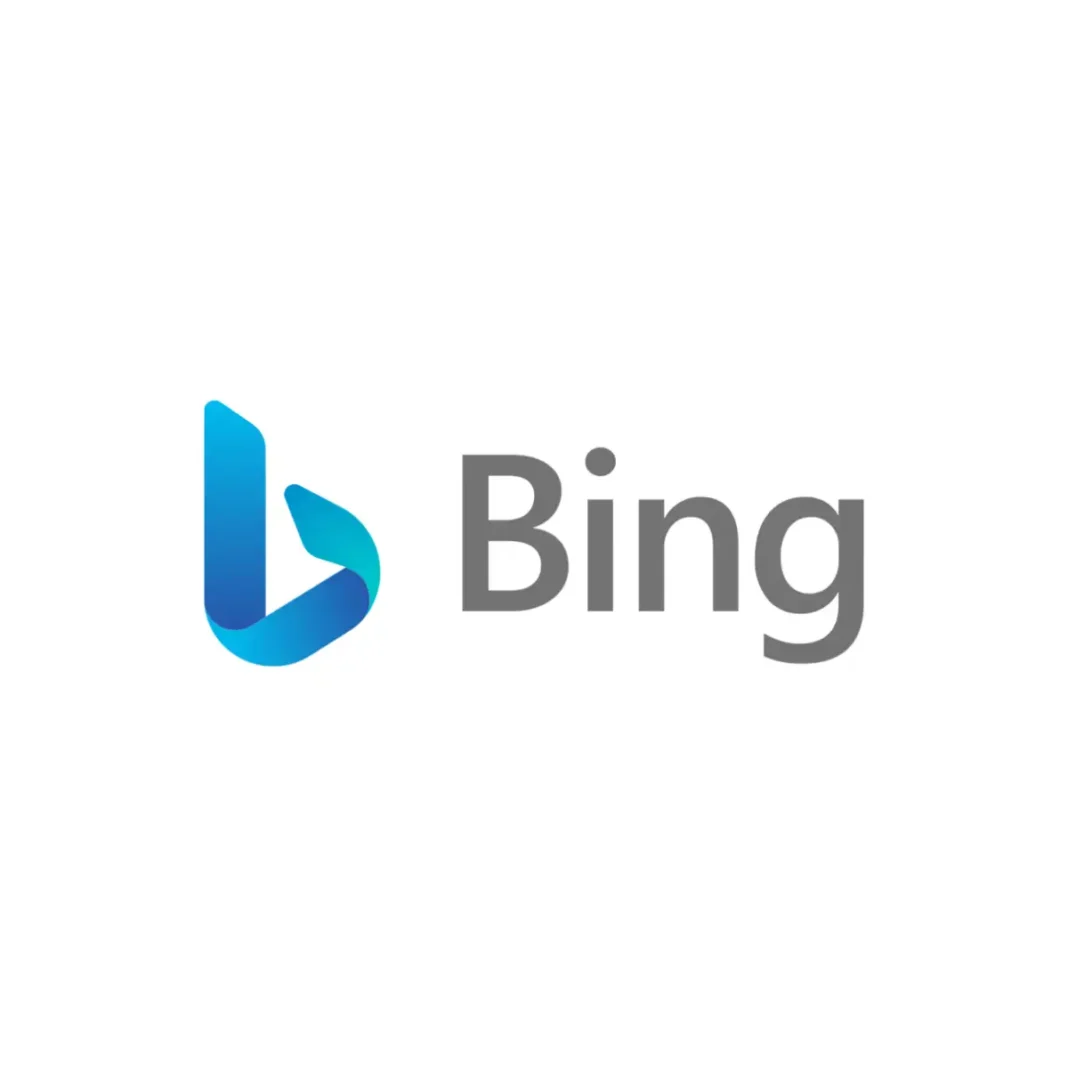Microsoft has announced a remarkable Bing ad revenue growth of 13% over the past fiscal year, signaling strong momentum in its advertising business. Fueled by the company’s deep investments in generative AI and its seamless integration into Bing search and Edge browser, the growth showcases how Microsoft is reshaping its role in the digital advertising world.
AI Tools Drive Engagement and Revenue
Microsoft’s success in digital advertising is largely attributed to the rollout of AI-powered tools like Copilot, which enhance user search experiences. Copilot uses large language models to provide more conversational and intelligent search results, increasing engagement and time spent on Bing.
This evolution has made search ads more effective by better matching user intent, thus improving click-through rates and conversion metrics for advertisers.
Yearly Growth Snapshot
In its FY25 earnings report, Microsoft revealed that:
- Search and news advertising revenue (excluding traffic acquisition costs) rose 13% year-over-year.
- Revenue gains were consistent throughout the year, with Q3 and Q4 seeing 21% growth year-over-year.
- Microsoft attributed this to higher search volume and better monetization per search, thanks to enhanced AI systems.
Advertisers Shift Budgets Toward Bing
With Google dominating the market, Bing’s growth offers advertisers a valuable alternative. Microsoft Advertising now reaches millions of users through Bing, MSN, Outlook, and Edge, giving brands new audience segments beyond Google and Meta.
The improved targeting features and performance insights in Bing Ads are helping marketers fine-tune their campaigns. Many brands are increasingly diversifying their spend to leverage Bing’s rising performance.
Future Outlook
While Microsoft expects Bing ad revenue growth to moderate to the low-to-mid teens in the coming quarters, the company remains optimistic. Its long-term roadmap includes deeper AI integration, better ad placement automation, and expanding its partnership with OpenAI.
With AI at its core and a growing market share, Bing is steadily becoming a more serious player in digital advertising.
Conclusion
The 13% Bing ad revenue growth is not just a financial highlight—it marks a shift in how search advertising is evolving. As more brands explore AI-enhanced platforms and diversify away from Google, Bing is uniquely positioned to benefit from this trend.



